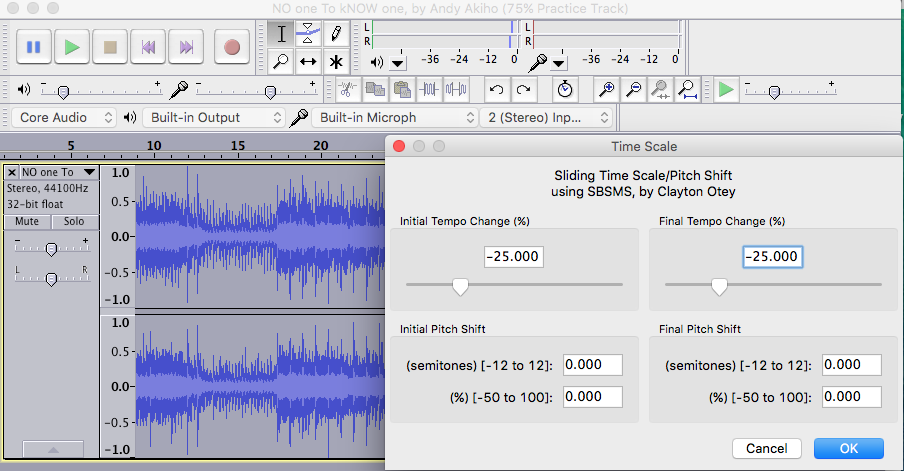|
Preparations are well underway for my benefit concert, ...in loving memory, that will take place on March 22nd to raise funds for the Alzheimer's Association. The date is confirmed. The venue is booked. Now onto the fun part: learning 700+ measures of music in 28 days! Learning A New InstrumentIn addition to learning the new repertoire for my recital on March 22nd, I will also be learning how to play an entirely new instrument: the steel pan! It has been a goal of mine for many years to learn how to play the steel drums and this recital is the perfect opportunity to finally do so. The central piece on my recital will be a composition by Andy Akiho titled, NO one To kNOW one. When I stumbled across this 2010 work scored for soprano, flute, clarinet, cello, piano, and three percussionists, I knew it would be the perfect collaborative opportunity for my final recital at the University of Arizona. Since one of the percussionists performs tenor pan on the piece, I decided to claim that part for myself and teach myself how to play the instrument.
Some Organizational StrategiesWhile tackling a project as large as this recital (especially amidst other solo recitals, concerts, and graduate school auditions), I’ve found that it is important to remind myself to not become frantic in my preparations. By forcing myself to be extremely organized and to schedule each minute of my practice sessions, I’ve been able to maximize my time in the practice room and learn new material more calmly. For any recital or audition with an approaching deadline, I believe it is useful to first establish a daily schedule with tempo/measure goals. I always prioritize learning new measures before increasing tempo.
How to Design Your Own "Goal Calendar"
(EXAMPLE: For "Prayer" on my schedule, I was scheduled to learn 3 measures a day for 11 days. Due to the phrasing of the piece, however, it makes more sense to break my practice into 2-bar chunks. Some days I scheduled myself to learn 4 or 8 measure chunks, due to certain phrases repeating throughout the piece) After establishing a weekly plan, I then designed daily practice logs for each new composition. I printed these out and put them in a three-ring binder to quickly log my progress at the end of each practice session. You can download my original practice log template via the Google Sheet link below. Just fill in the title of the piece and the composer, and you're ready to go! Here it is: PRACTICE LOG TEMPLATE Slow and Steady Wins the Race...My teachers have long preached the importance of slow practice (as have I to my own students) in the process of learning a new piece. However, with over 700 new measures of music to learn with only 28 days remaining until the recital, it is hard to be disciplined enough to not rush through the learning process. For a chamber piece like NO one To kNOW one, with its complex syncopated phrases and polyrhythmic conversations between instruments, I believe it is vital to practice one's individual part in the context of the full ensemble. However, with only two full octet rehearsals of the piece before the performance, I have found success in playing along with a slowed-down recording of the full piece. I highly recommend the iPhone app, The Amazing Slow Downer. This great app from Roni Music allows you to manipulate the speed of a music file while preserving the original pitch. It also allows you to transpose a song to a different key while maintaining the original tempo. The other option, however, is to use the free desktop application Audacity. Drag the music file into Audacity and apply the “Sliding Time/Pitch Shift” plugin. Set both the initial and end tempo shifts to the same percentages and leave the pitch shifts at zero. This will allow you to alter the tempo your practice tracks without the usual byproduct of lowering the overall pitch of the music. (Here's how I created 75% and 50% tempo practice tracks for the members of my octet)
Comments are closed.
|
|||||||||||||


